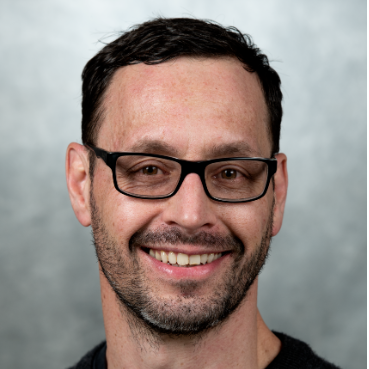Kristofer Bouchard
Lead, Computational Biosciences Group, Scientific Data Division
Computational Biologist Staff Scientist
Divisions
Scientific Data
Secondary Affiliation:
Biological Systems and Engineering
- BioEngineering & BioMedical Sciences
Research Interests
We are an interdisciplinary team that focuses on understanding how distributed neural circuits gives rise to coordinated behaviors and perception. We take a two-pronged approach to this problem by conducting in vivo neuroscience experiments and developing data science tools.
- On the neuroscience side, we investigate functional organization and dynamic coordination in brain by combining in vivo multi-scale electrophysiology and optogenetics in rodents. This multi-modal, multi-scale approach provides the simultaneous breadth of coverage and spatio-temporal resolution required to determine neural computations at the speed-of-thought.
- On the data science side, we develop analysis tools for (neuro)-science, including statistical-machine learning algorithms, inference in dynamic graphical models, and data standards/formats. These interpretable and predictive tools provide enhanced insight into the generative processes that produce data.
Recent Publications
Related News
ML Opens New Doors in TBI Research
Applying machine learning capabilities developed at Berkeley Lab to an extensive dataset created by the TRACK-TBI collaboration led to a six-fold improvement in the precision with which TBI patient outcomes can be predicted.
A Common Data Format for Neurophysiology
A Berkeley Lab team developed a novel software architecture called Neurodata Without Borders (NWB) to serve as a standardized language for neurophysiology data and data-descriptors. The resulting data is findable, accessible, interoperable, and reusable (FAIR), and enables neuroscientists to effectively describe and communicate about their experiments and share data.
Simulations at NERSC Reveal Origins of Brain Electrical Signals
The origin of the electrical signals recorded at the brain's surface by electrocorticography (ECoG) has long remained a mystery. Kris Bouchard, a staff scientist in the Biological Systems and Engineering (BSE) Division, led a seven-year research effort to understand precisely which neurons are generating the recorded signals.




